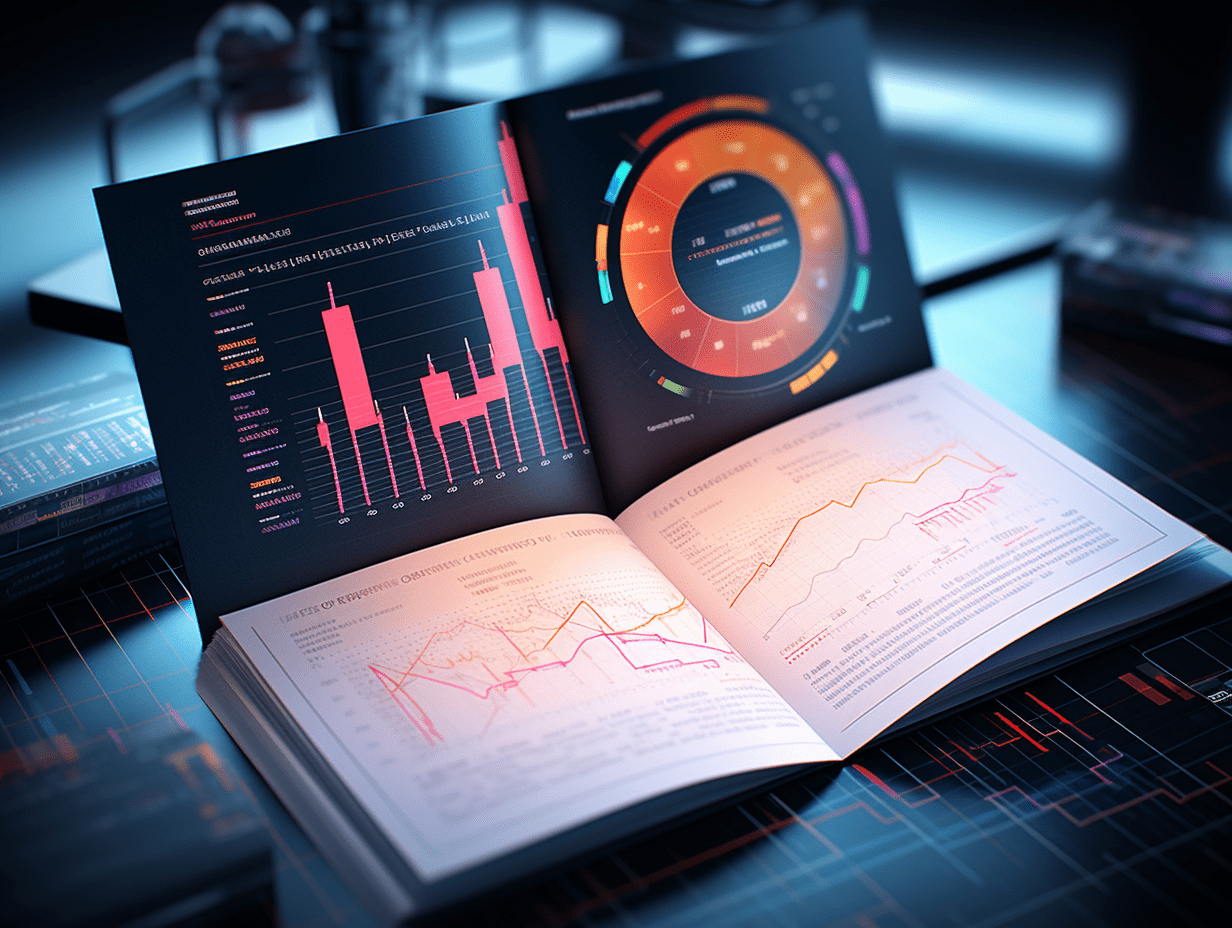The Leading Economic Index in the United States declined significantly in April, but has not yet reached the threshold of a recession.
The latest data released by the US Conference Board showed that the Leading Economic Index (LEI) for the United States in April 2025 fell sharply by 1.0% to 99.4 points, marking the largest monthly decline since March 2023.
The latest data released by the American Economic Consultative Council in May showed that the Leading Economic Index (LEI) for April 2025 in the United States fell sharply by 1.0% to 99.4, the largest monthly decline since March 2023. The data for March was also revised downward from -0.7% to -0.8%.
The data shows that over the six months ending in April 2025, the LEI fell by 2.0%, consistent with the previous period (April to October 2024), indicating a continued downward trend.
Justyna Zabinska-La Monica, Senior Manager of Business Cycle Indicators at the American Economic Consultative Council, pointed out, "The monthly drop in the LEI this time is the most severe since March 2023, when there was widespread concern in the market that the economy would fall into recession, although it did not materialize in the end. Most of the index components deteriorated, especially consumer business expectations, which have been weakening for several months since January 2025. In addition, the number of building permits and average manufacturing hours worked also had a negative impact on the index for the first time in April."
She added that the contributing indicators to the LEI have also shown widespread weakness over the past six months, serving as a warning for economic growth. However, despite the further widening of the cumulative decline over six months, it has not yet fallen to the critical level that would trigger a recession signal.
According to the latest forecast from the Consultative Council, the real GDP growth rate in the United States in 2025 is expected to slow to 1.6%, lower than 2.8% in 2024. The tariff impact is expected to have a major impact on the economy in the third quarter.
Meanwhile, the Coincident Economic Index (CEI), which reflects the current economic situation, inched up by 0.1% in April to 114.8, continuing its moderate upward trend after a 0.3% increase in March. The index grew by 1.1% from October 2024 to April 2025, slightly higher than the previous six months' growth of 0.9%.
The four major components of the CEI are: nonfarm payroll employment, personal income excluding transfer payments, manufacturing and trade sales, and industrial production. Industrial production remained essentially flat in April, being the weakest component driving the index.
In addition, the Lagging Economic Index (LAG) increased by 0.3% in April to 119.3, reversing the 0.1% decline in March. Over the past six months (October 2024 to April 2025), the LAG rose by 0.8%, also reversing the 0.8% decline in the previous period (April to October 2024), indicating signs of recovery in some lagging economic factors.
These three comprehensive indices (LEI, CEI, LAG) compiled by the American Economic Consultative Council are widely used to assess turning points in the economic cycle. The Leading Economic Index (LEI), composed of ten forward-looking indicators, can predict economic turning trends about seven months in advance; the Coincident Economic Index (CEI) reflects the current economic performance, usually highly correlated with real GDP; and the Lagging Economic Index (LAG) reflects the lagging changes in economic trends, helping to assess the maturity of the economic cycle.
Related Articles

Federal Reserve Vice Chair Jefferson: Paying attention to the risk of policy pushing up prices, downplaying the impact of Moody's downgrade.

The spokesperson of the Ministry of Commerce responded to questions from reporters regarding the adjustment of export controls on chips by the US Department of Commerce.

JPMorgan Chase incarnates as the "bull market leader": S&P 500 is about to reach a new high, short-term correction risk is controllable and likely won't see a second correction.
Federal Reserve Vice Chair Jefferson: Paying attention to the risk of policy pushing up prices, downplaying the impact of Moody's downgrade.

The spokesperson of the Ministry of Commerce responded to questions from reporters regarding the adjustment of export controls on chips by the US Department of Commerce.

JPMorgan Chase incarnates as the "bull market leader": S&P 500 is about to reach a new high, short-term correction risk is controllable and likely won't see a second correction.

RECOMMEND

Moody's credit downgrade shocks the market, will the US stock market enter a new bear market? Perhaps just a "small episode" in the bull market.
19/05/2025

Moody's downgrade causes shockwaves! 30-year US Treasuries yield rises to 5%, "sell-off of America" trades resurface.
19/05/2025

A-share valuation is still relatively low. Vice Chairman of the China Securities Regulatory Commission, Li Ming, has recently announced six key points.
19/05/2025


